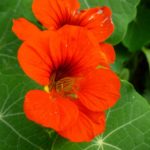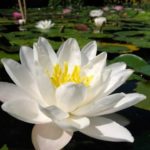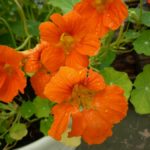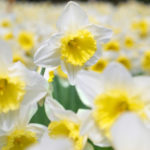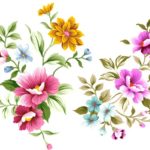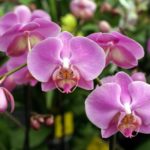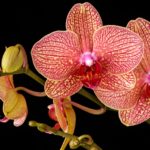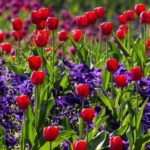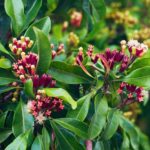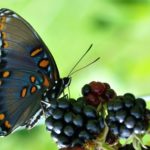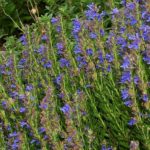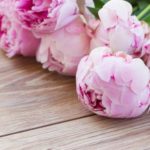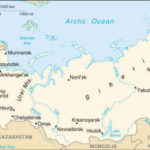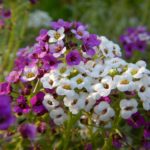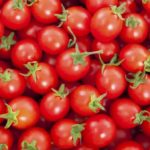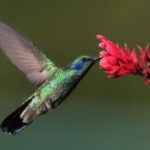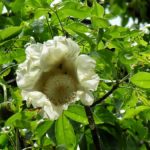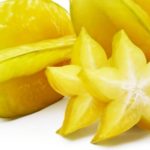Interesting facts about nasturtiums
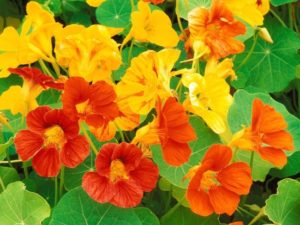 Nasturtiums are very popular among Russian gardeners flowers that are appreciated for their attractive appearance. Funny fact – the birthplace of nasturtiums is very far from Russia, and yet these flowers are quite accustomed to here, although they require increased attention due to the places of a rather severe Russian climate.
Nasturtiums are very popular among Russian gardeners flowers that are appreciated for their attractive appearance. Funny fact – the birthplace of nasturtiums is very far from Russia, and yet these flowers are quite accustomed to here, although they require increased attention due to the places of a rather severe Russian climate.
On the planet, there are 25 types of cultivated nasturtiums.
In tropical countries nasturtiums are pollinated not by bees and bumblebees, but by hummingbirds.
In Russia nasturtium for a long time was called “capuchin” because of the similarity of the flower with the hood of monastic robes.
Carl Linnaeus gave these flowers the Latin name Tropaeolum in honor of the columns to which the Roman soldiers after the victory hung the bloody helmets of their enemies.
All parts of the nasturtium, except the roots, can be eaten: leaves with a pleasant peppery taste are suitable for salad, fruits – for marinating vegetables, and the flowers can be stuffed, insist on them vinegar or freeze to add to drinks. Marinated kidneys and green fruits of nasturtium can become a valuable substitute for expensive capers.
Nasturtium is not only edible, but also a medicinal plant widely used in folk medicine. Nasturtium contains vitamin C, tropeolin, mustard glycosides, essential oil, carotene, B vitamins, iodine, potassium, phytoncides and phosphorus.
Nasturtium contains 10 times more ascorbic acid than in lettuce leaves.
Nasturtium allows to normalize the work of the central nervous system, strengthens blood vessels and bones, increases immunity, softens cough, normalizes hormone levels, relieves pain, slows down aging processes and removes carcinogens from the body. This is not a complete list of useful properties of this beautiful plant.
Use nasturtium for treatment must be very carefully, as when exceeding the dosage, herbal preparations can cause irritation of the intestine and stomach.
Nasturtium juice is often used to treat burns, warts and limes.
Extract of nasturtium is added to cosmetic products for wrinkle smoothing, and essential oils help in the fight against acne.
Extracts of nasturtium flowers are sometimes added to cheese and butter to give them piquancy.
Nasturtium is able not only to decorate any garden, but also to protect it from pests: bright flowers are repelled by whiteflies, cabbages, aphids and Colorado beetles. The fact is that nasturtium distracts the attention of pests, helping to save vegetables and fruits from insects. Nasturtium also helps against viral and fungal diseases of plants.
Nasturtium was one of the favorite plants of the great French artist Claude Monet. In the suburbs of Paris, preserved his garden, largely planted with nasturtium.
Seeds of nasturtium retain their properties and are suitable for planting even after 3-5 years of storage.
In France, nasturtium seeds boiled in vinegar are still often used as a seasoning for meat.
Nasturtium tubers in ancient times were considered a delicacy of South American Indians.
